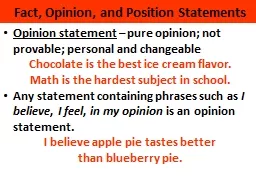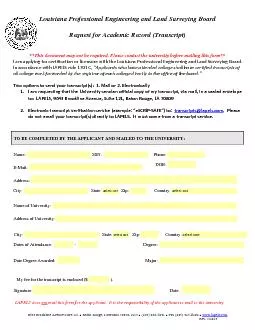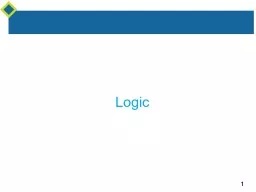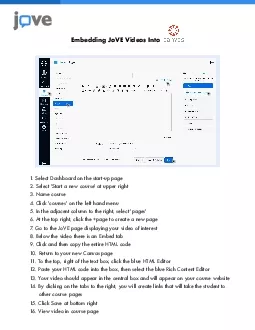PPT-02 | Advanced SELECT Statements
Author : mitsue-stanley | Published Date : 2018-09-22
Brian Alderman MCT CEO Founder of MicroTechPoint Tobias Ternstrom Microsoft SQL Server Program Manager Course Topics Querying Microsoft SQL Server 2012 Jump
Presentation Embed Code
Download Presentation
Download Presentation The PPT/PDF document "02 | Advanced SELECT Statements" is the property of its rightful owner. Permission is granted to download and print the materials on this website for personal, non-commercial use only, and to display it on your personal computer provided you do not modify the materials and that you retain all copyright notices contained in the materials. By downloading content from our website, you accept the terms of this agreement.
02 | Advanced SELECT Statements: Transcript
Download Rules Of Document
"02 | Advanced SELECT Statements"The content belongs to its owner. You may download and print it for personal use, without modification, and keep all copyright notices. By downloading, you agree to these terms.
Related Documents














